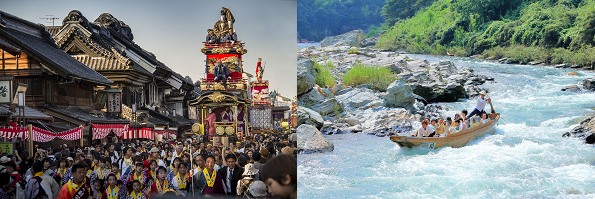
Enjoy the best of Japanese tradition and nature! (Western Saitama and Chichibu Area)
Sightseeing Routes
Go just north of Tokyo and you can travel back in time with nostalgic townscapes, feel the blessings of plentiful nature and clear streams, and come into contact with time-honored traditional culture on this trip to western Saitama and Chichibu.
start
Ikebukuro Station
Approximately 30 minutes on the Tobu Tojo Line to Kawagoe Station
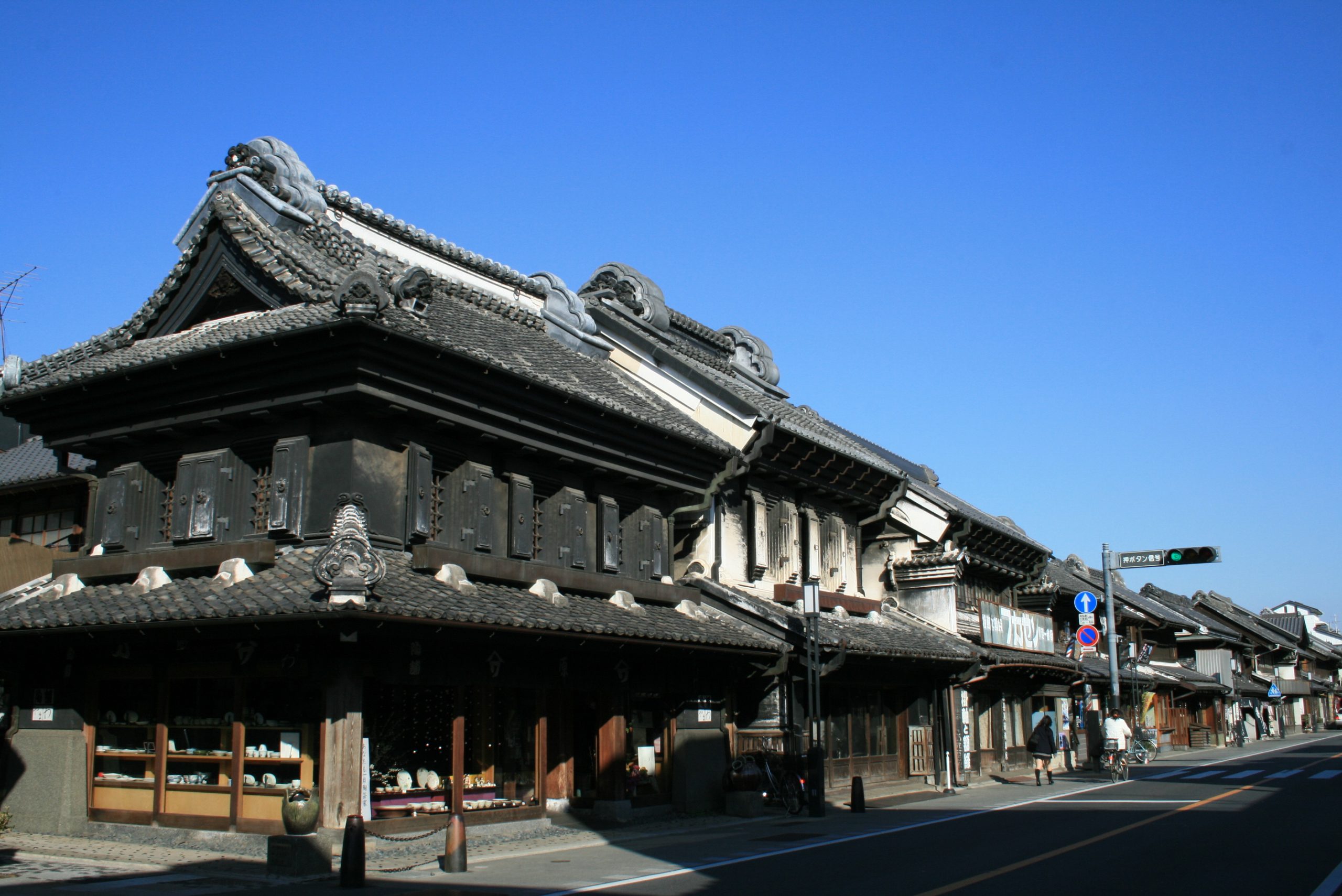
Kurazukuri (Traditional Warehouse) Townscape
A townscape of “kurazukuri" traditional warehouses still remains in Kawagoe. The kurazukuri warehouses were cleverly built with fireproof architecture and developed as housing for the merchants of Edo. The warehouses retain an image of Edo that cannot be seen in modern day Tokyo. They were chosen as national “Important Preservation Districts for Groups of Traditional Buildings” in December of 1999 and were selected as one of “Japan’s 100 Beautiful Historical Environments” in January of 2007.
1 minute
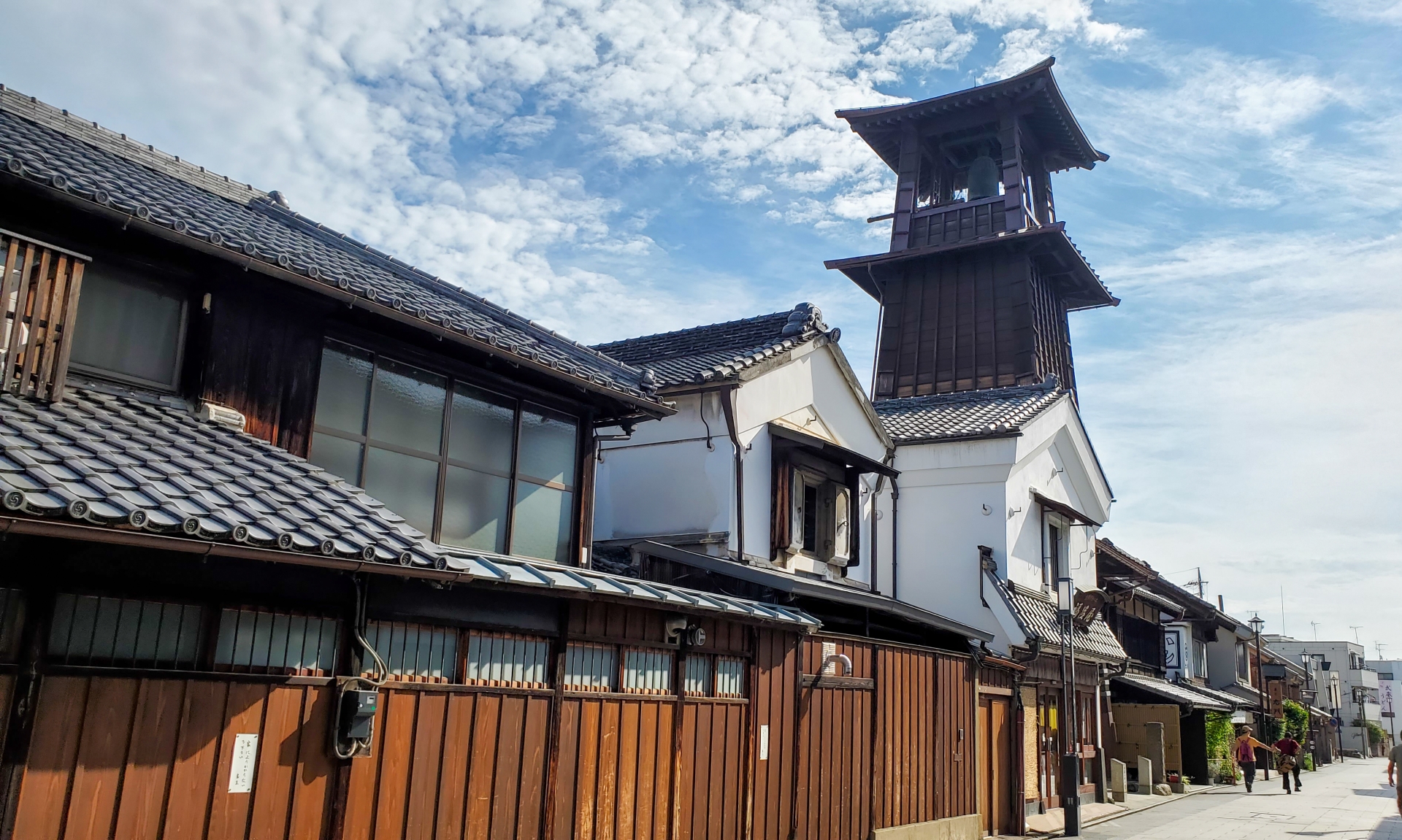
Toki no Kane (Time Bell Tower)
Toki no Kane is said to have been first built in the Castletown Tagachō during the Kan’ei era (1624-1644) by the lord of Kawagoe Castle, Sakai Tadakatsu. The current bell tower was rebuilt the year following Kawagoe’s great fire in 1893, and is a three-story tower with a height of about 16 meters. It is a symbol of Kawagoe and denotes that “time” is indispensable for daily life. As of today, the bell rings four times a day (6 am, noon, 3 pm, and 6 pm).
2 minutes
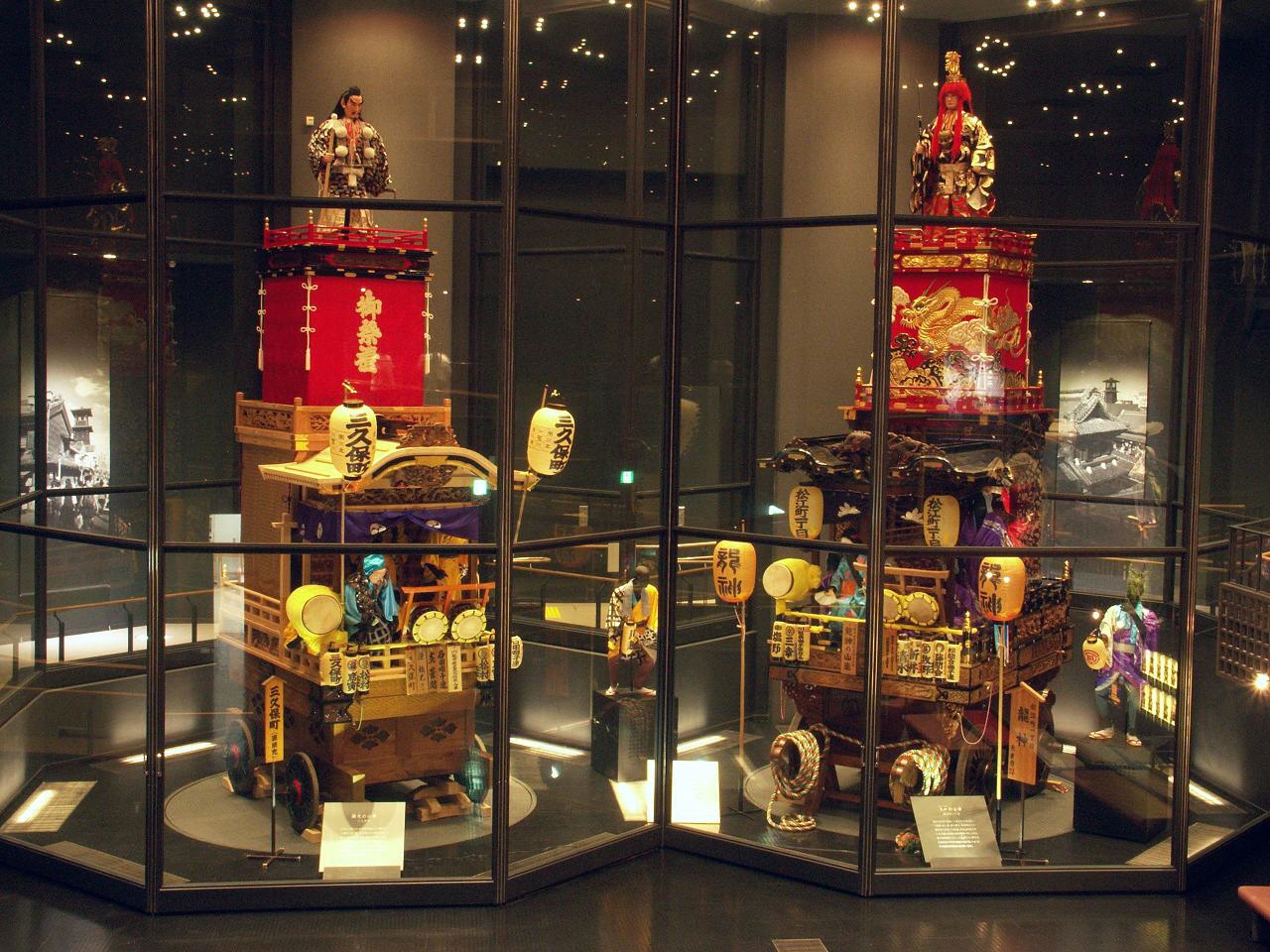
Kawagoe Festival Hall
The two authentic Dashis (festival cars) pulled at the Kawagoe Festival are on display along with materials related to the Kawagoe Festival. At this exhibition hall, the powerful atmosphere of the Kawagoe Festival can be experienced all year round. There is also a regular demonstration of musical accompaniment (about 20 minutes).
From Hon-Kawagoe Station take the Seibu Shinjuku Line for 20 minutes to Tokorozawa Station. Then take the Seibu Ikebukuro Line for 60 minutes to Seibu Chichibu Station.
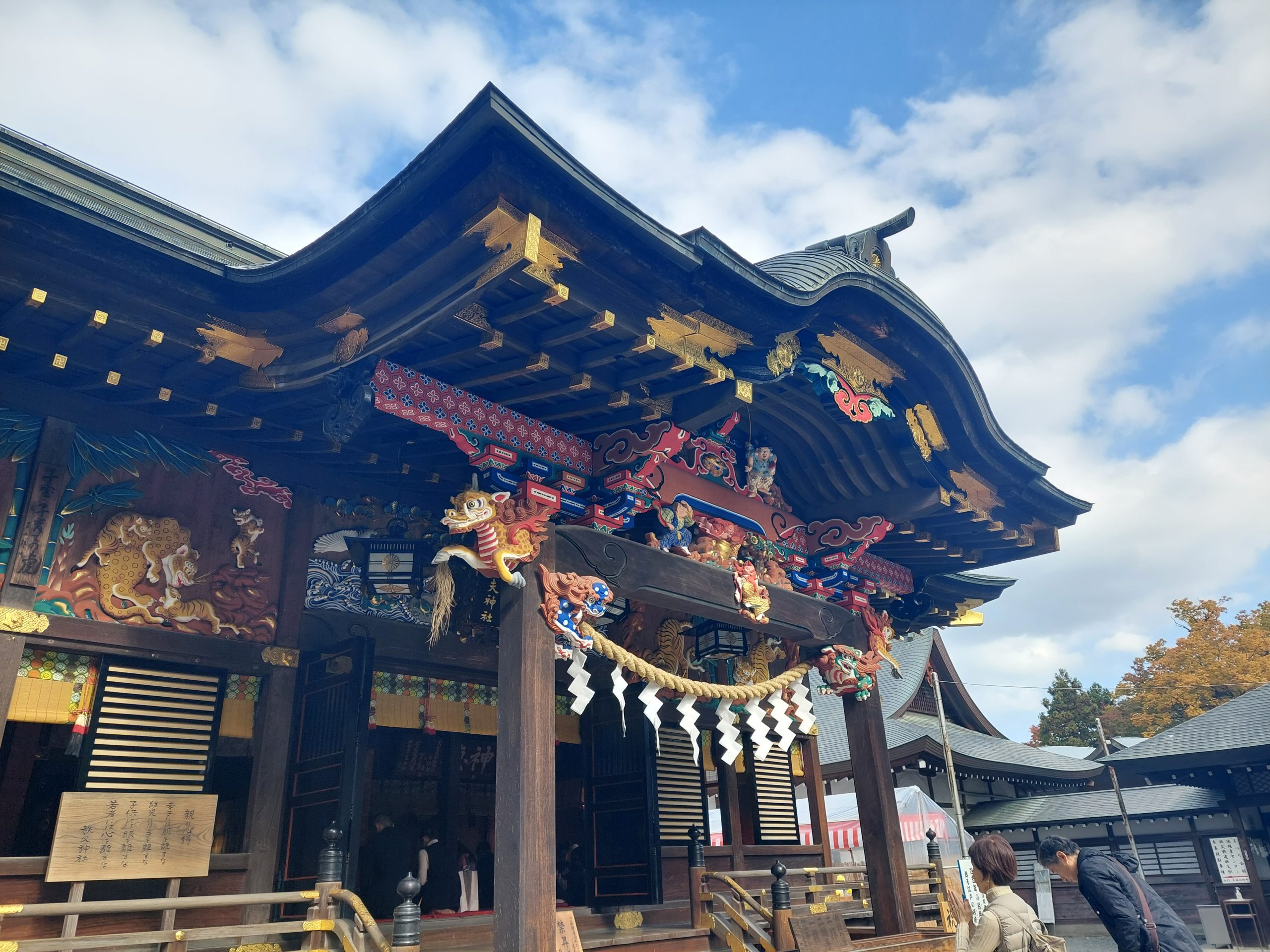
Chichibu Shrine
Marking 2100 years, Gochinza, a Sōja of Chichibu, has been revered since ancient times. In a forest of oak, there is an atmosphere with style and solemn beauty. The existing main building of the shrine is a contribution of Ieyasu Tokugawa in 1592 and was designated as Saitama Prefecture’s tangible cultural property due to the fact that it holds much of the Edo period’s early architectural style.
15 minutes
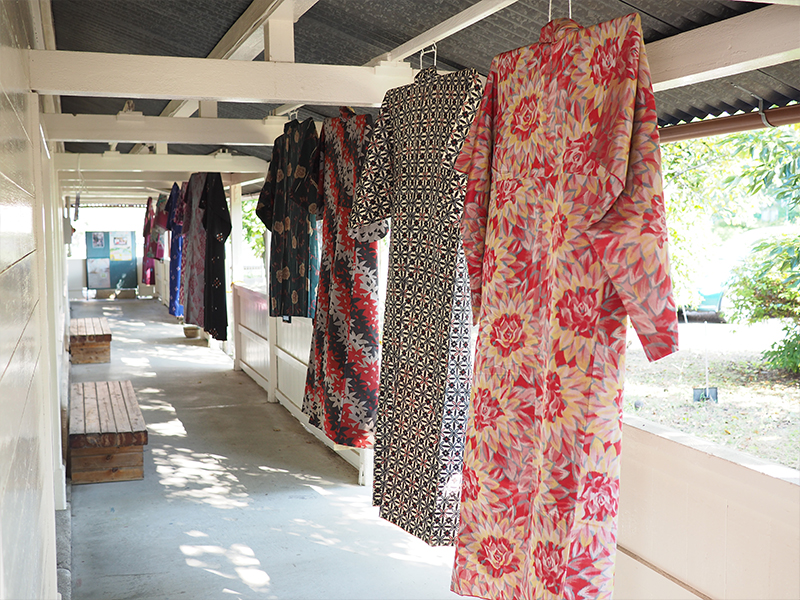
Chichibu-Meisen Museum
The building was built in 1930 and was registered as a Tangible Cultural Property in 2001.
At the Chichibu-Meisen museum, you can learn about the history of Chichibu-Meisen, view the exhibits, and try your hand at stencil dyeing and weaving.
All the equipment displayed in the museum is still in use, and if you are lucky, you can even see it in action.
15 minutes
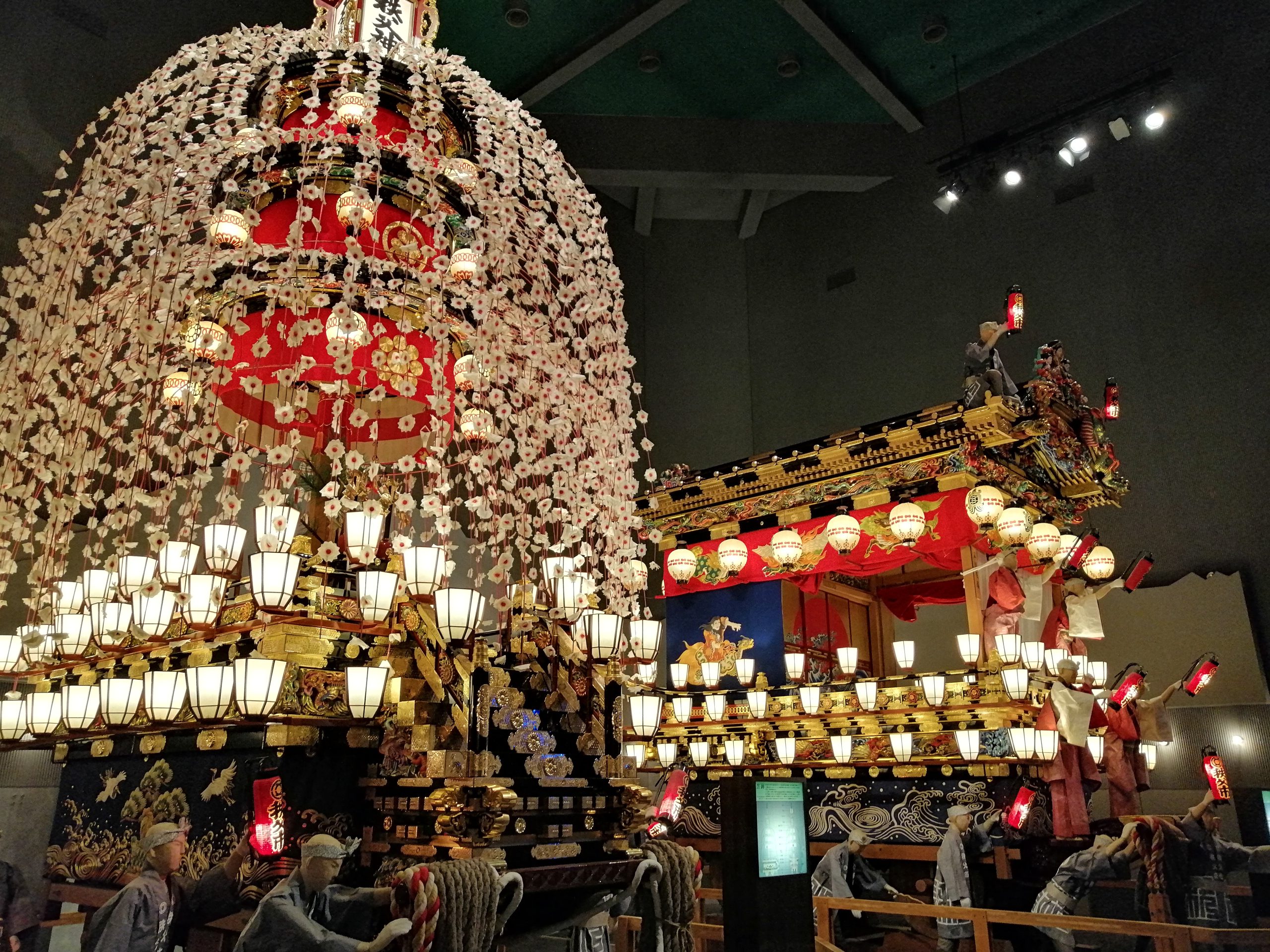
Chichibu Festival Hall
Chichibu Festival Museum exhibits materials related to the booths and kasaboko (combined umbrella and halberd carried on floats in some festivals) of the Chichibu night festival that takes place every year on the 2nd and 3rd of December. The booths, kasaboko, curtain, sculptures made by Shōwa’s master craftsmen are arranged in a design related to the Myōken belief. At noon, the lanterns are switched on to reproduce the night festival. Within the noise of the palatial Chichibu booth music, the luxurious booth and kasaboko can be seen right before your eyes.
From Chichibu Station, take the Chichibu Railway to Nagatoro Station (20 minutes).
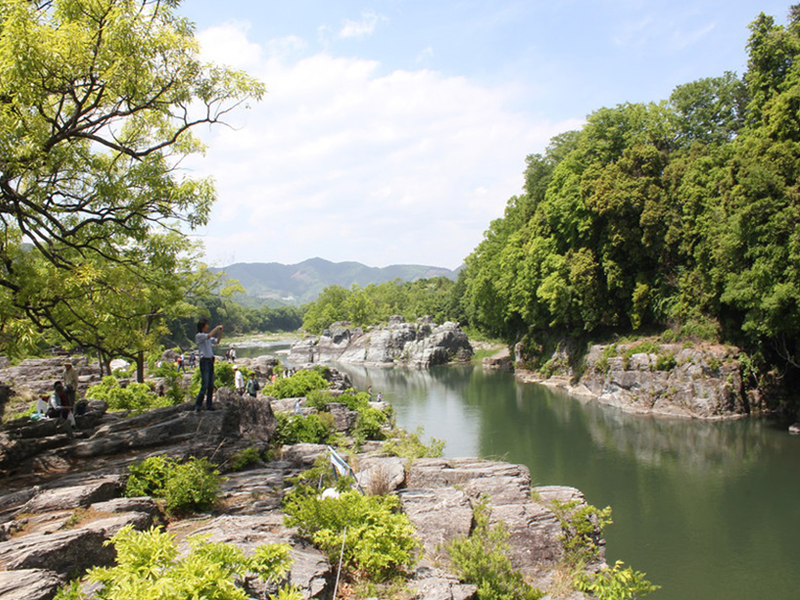
Nagatoro Iwadatami Rocks – Downstream boating
The Arakawa Line downstream boating in Chichibu Nagatoro allows you to ride upon the beautifully layered stone riverbed, which is designated as a national natural monument. It is a relaxing course with a couple of thrills along the way, but perfectly safe for children and seniors to enjoy as well.
While listening to the boatman's entertaining speech, you can enjoy the cherry blossoms in the spring, the cool breeze in the summer, the beautiful colors of autumn, and the warmth of the kotatsu (heated table) boat in the winter. In other words, a perfect outdoor activity regardless of the season!
20 minutes
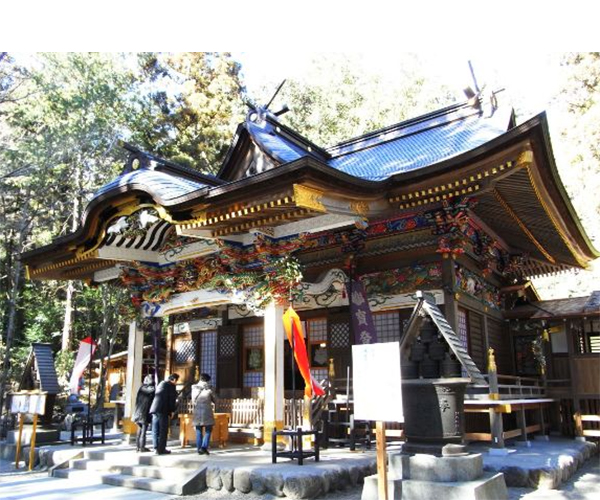
Hodosan Shrine
This shrine was said to be founded by Yamato Takeru, the 12th Emperor of Japan, around 2,000 years ago. The current main building of the shrine is Shinto-style architecture, where the main hall and worship hall share one roof and are connected by an intermediate passageway. The main shrine, hall of offerings, and hall of worship were rebuilt during the end of the Edo period to the early Meiji period. The shrine is said to protect from fires, theft, and pain. Not only do many worshipers come from the local area, but also from throughout Kanto region, with more than one million annual visitors.
10 minutes
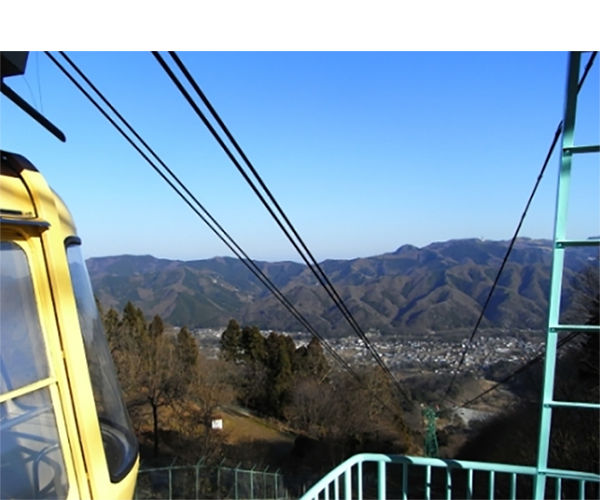
Hodosan Ropeway
This ropeway was installed on Mt. Hodōsan at an altitude of 497 meters, connecting the 832 meter distance from Sanroku Station to Sanchō Station in 5 minutes. The two gondolas go back and forth between Sanroku and Sanchō Stations operating under a four-line crossing system. The gondolas’ names, “The Bambi” and “The Monkey I,” both originate from the popular Japanese macaque and deer that inhabit the small zoo on Mt. Hodōsan.
From Nagatoro Station, take the Chichibu Railway to Ohanabatake Station (20minutes). Walk 5 minutes to Seibu Chichibu Station and take the Seibu Chichibu Line Express Train to Ikebukuro Station (80minutes).
goal
Ikebukuro Station
